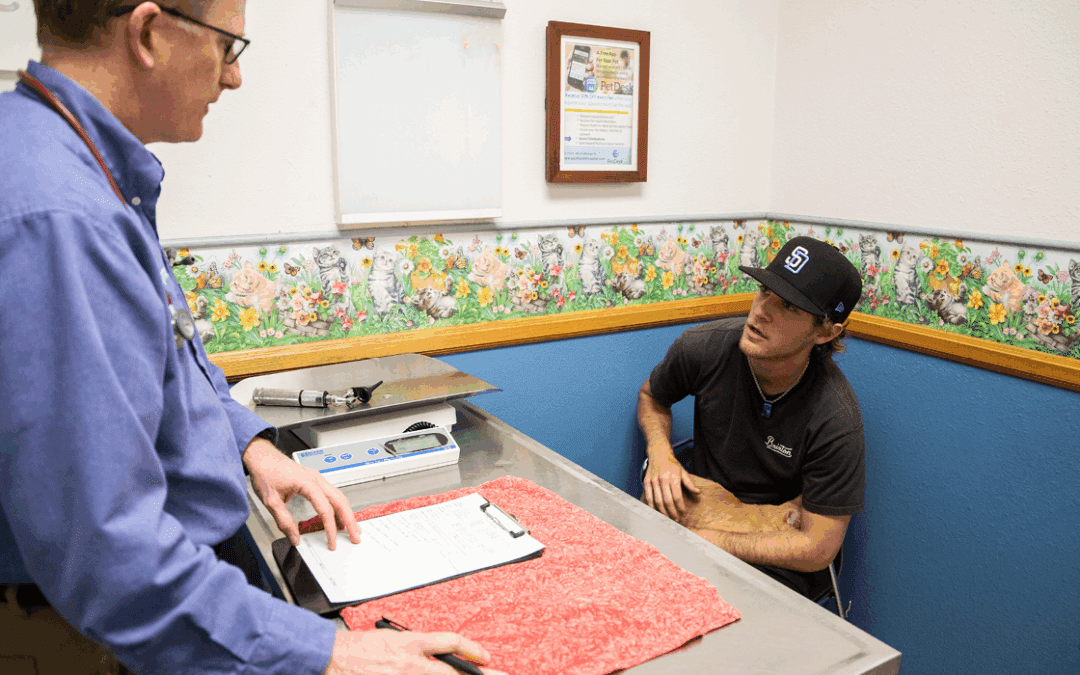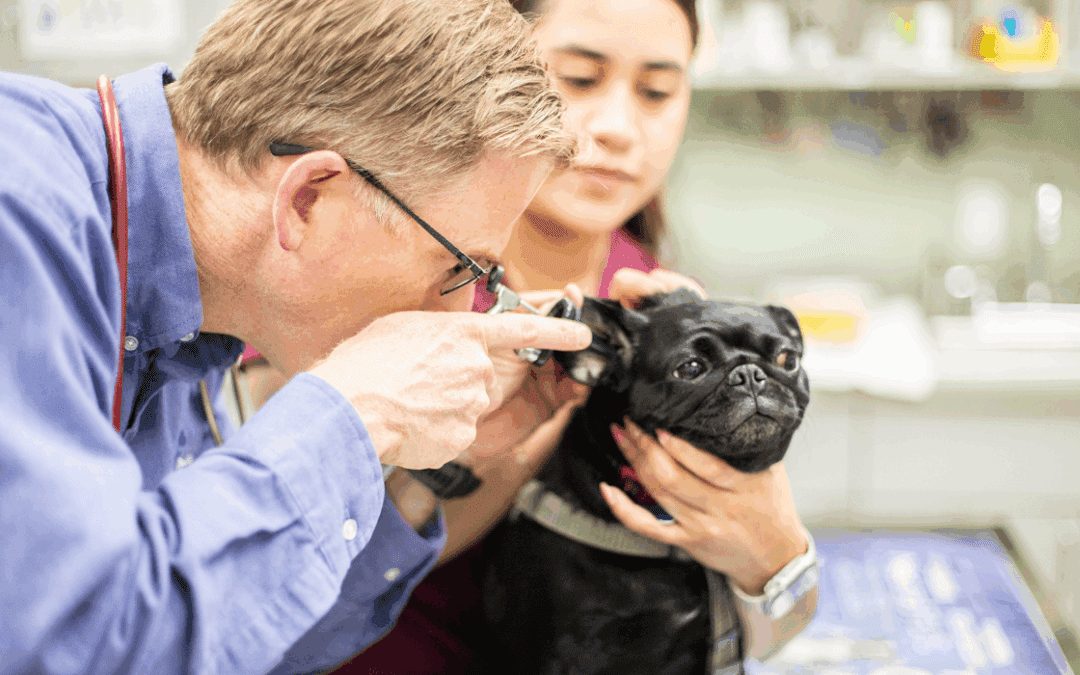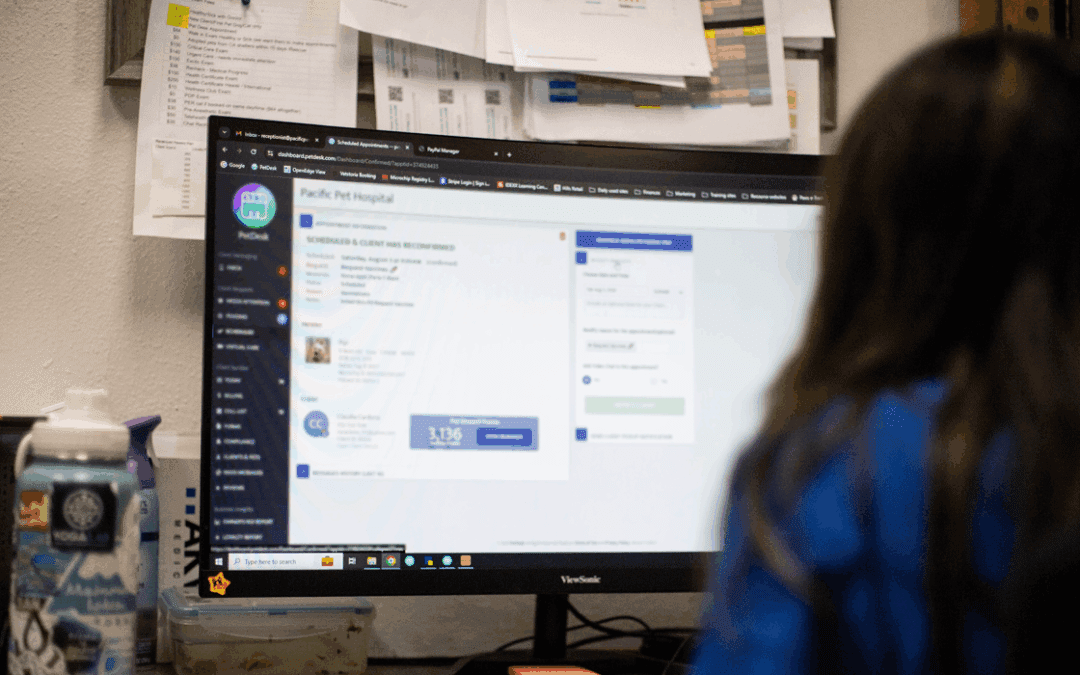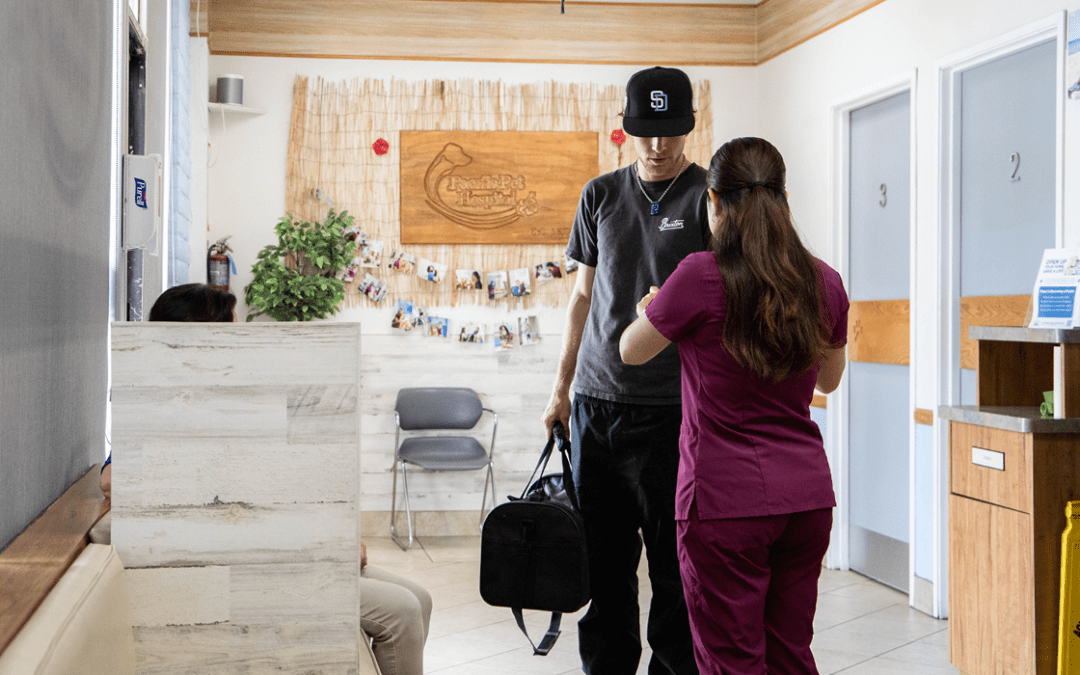A recent study predicts that, based on current graduate rates, we’ll be facing a shortage of 15,000 veterinarians in 2030.
One of the biggest areas of inefficiency in veterinary clinics is the utilization of technology to automate redundant tasks and streamline workflow. Many clinics are concerned that they don’t have time to change. However, not every change requires a long and painful change-management process. One of the easiest places to correct workflow inefficiencies is the clinic phone.
Data collected from CloudRetriever shows that, on average, each doctor receives 2,000 inbound phone calls per month. We’ve got five tips to help you free up those phone lines so your team can spend more time on high-value tasks.
1. Have Shorter Calls
Long calls slow down workflow, create long hold times for clients, place an undue burden on second-ring groups in the clinic, and frustrate staff and clients. You may say, “Yes, I know, but call length is what it is!” It doesn’t have to be. Innovations in VoIP technology allow you to connect your practice management software to your phone to do some heavy lifting that can shorten calls in the following ways:
- Stop searching for information. When clients call in, tools such as PetDesk Phones automatically retrieve and display important missing elements of the patient record from your practice management software, alerting and “guiding” the customer service representatives through each conversation, saving minutes per call. Before the phone call even rings, the CSRs are alerted of the caller’s identity, their pet’s name, breed gender, neuter status, as well as important statuses such as the missing reminder and more.
- Route to the correct person faster. Advancements in phone technology automate simple and complex routing paths that take the manual work off the front desk staff.
2. Real-Time Online Veterinary Appointment Booking
Raise your hand if you won’t order from a restaurant unless you can buy your food online. Is your hand up? How about your millennial clients? Would they order from a restaurant that didn’t have a self-serve option on the Internet? Probably not.
Online booking is a no-brainer and a feature that is becoming a client expectation as our desire for instant gratification as a society continues to grow. Technology platforms such as PetDesk enable you to streamline your phone service and offer online booking that integrates with your practice management software. In addition to improving client satisfaction, online booking can significantly reduce your inbound calls. Our data shows that the average veterinary practice misses 20-40% of calls. Those clients might not call back to book an appointment — they’ll go to another veterinarian. Adding online booking ensures you don’t lose that revenue because of missed calls.
See what PetDesk makes possible
Our solutions are designed to tackle your clinic’s specific challenges.
Set up time with a PetDesk expert to see for yourself!
3. Web Chat on Your Veterinary Website
Another source of tied-up phone lines is pet owners calling to ask quick questions. Maybe their pet had surgery, and he’s licking the incision site now, and they’re looking for advice. Instead of tying up phone lines (and missing appointment booking calls), web chat provides a quick way to respond to these types of questions. Veterinary teams love the fast nature of these interactions, and pet owners appreciate the peace of mind that comes with having a place to get transactional answers to their quick questions.
4. Create Ring Groups in Your Veterinary Clinic That Work
How many times have you been in the treatment room with the phone ringing off the hook and everyone assuming that someone else is going to pick it up? You’re not alone. This is a common challenge with ring groups. Nobody on the team knows who is responsible for picking up the phone. PetDesk can help you set up effective ring groups so that the phone only rings in the treatment room when the call is truly urgent and needs answering.
Clinics who have effectively implemented PetDesk’s ring group mythology went from answering 75% of calls to picking up 98% of phone calls.
5. Proactive Communication with Veterinary Clients
Instead of waiting for pet owners to call with questions, improve your proactive communication strategy:
- Send emails and texts with reminders that it’s time for a check-up with a link to your online booking.
- Digitally send appointment reminders with detailed instructions on what to do before appointments.
- Send post-appointment emails and texts with treatment instructions and a link to your web chat feature for their quick questions.
If you’re ready to free up your phone lines, reach out to our team for a brainstorming session. We’ll chat about the biggest challenges you have with your phone and will create a plan to automate tasks that are taking your team too much time.
About PetDesk Phones
PetDesk Phones is the most comprehensive veterinary-specific PIMS-integrated phone system available on the market. PetDesk connects your phone system to your practice management software to extract important client and pet information automatically. No more wondering who’s calling or who their pets are. You already know. You’ll also know the pet’s gender, species and spay or neuter status, last and next appointment, if any, and many more data points of your choosing. Armed with all this info upfront, imagine how drastically you can reduce the duration of every call.
Freeing Up Phone Lines in Your Veterinary Clinic FAQs
See the power of PetDesk for yourself—for free
Save time and grow your business with custom websites and digital marketing, 24/7 error-free booking, a PIMS-VoIP phone system, plus a client engagement platform with a mobile app.






